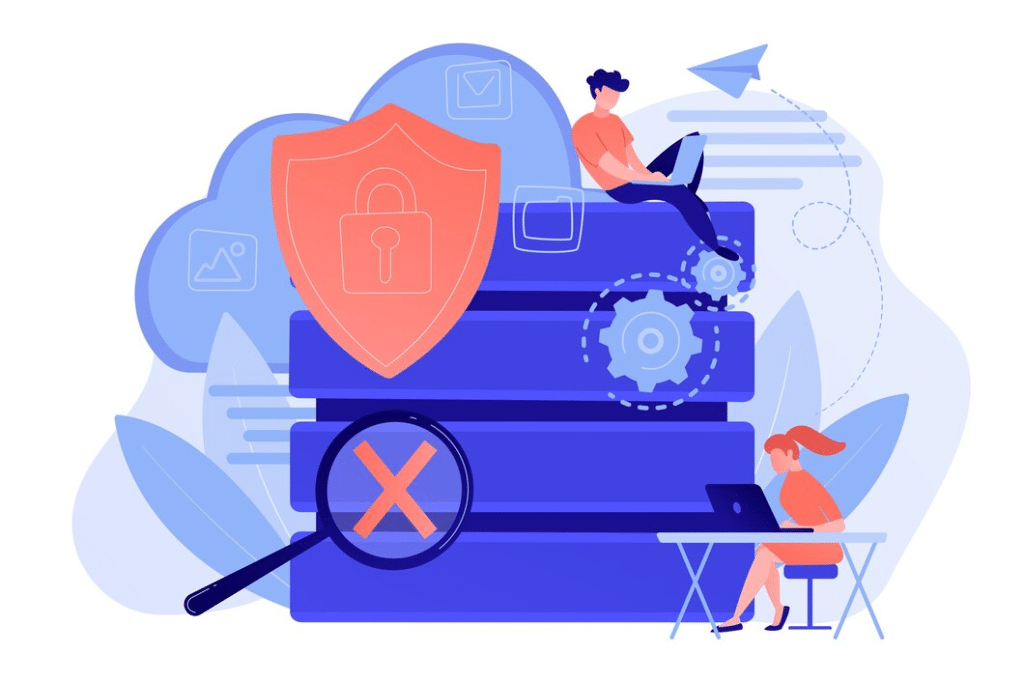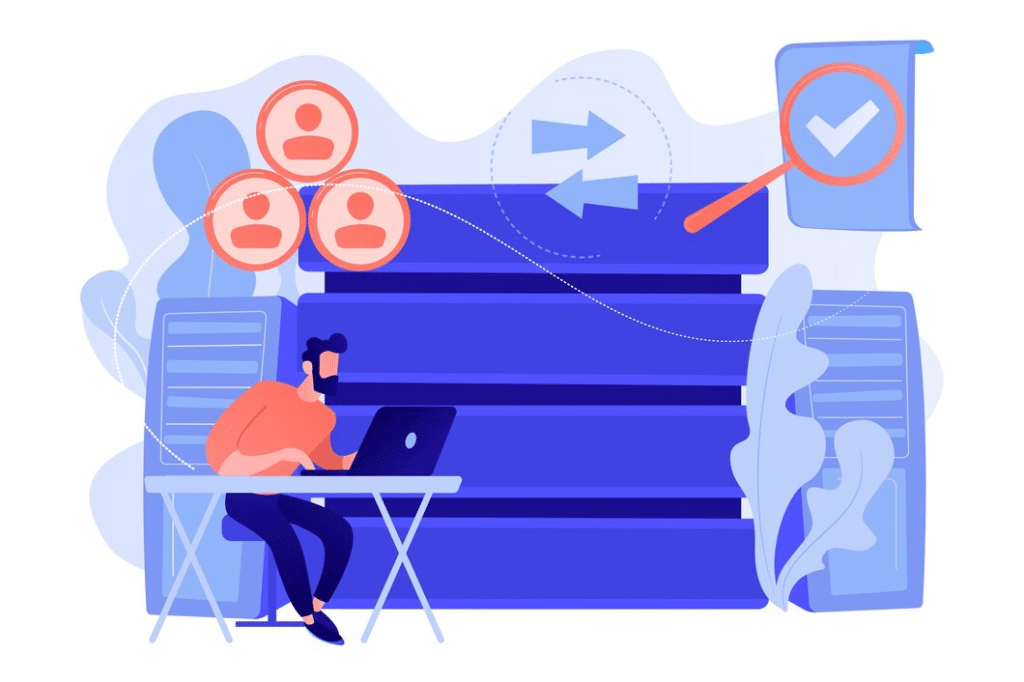Legacy systems refer to old, outdated computer systems, software applications, or programming languages that organizations are still using to run critical business functions. As technology advances rapidly, companies that rely on legacy systems can find themselves hampered by maintenance challenges, higher costs, security risks, and limited agility. However, replacing or performing a complete overhaul of business-critical legacy systems can be complex, risky and disruptive. This is where legacy modernization comes in – it offers a way for companies to upgrade and secure legacy systems incrementally without having to discard working systems or go through risky “big bang” replacements.
Step 1: Identifying Gaps and Objectives

The first step is pinpointing the gaps and drawbacks in the current legacy systems and setting up the goals for the business that you want to accomplish using the modernization. Some key aspects to evaluate:
- Functionality gaps: Does a deficient legacy platform fail to offer the necessary capabilities to fulfill present and future business needs?
- Security risks: Is the cybersecurity environment safe enough, and are the risks being tackled?
- Vendor support: Is the system no longer supported by the vendor, which is a challenge since the system will require further maintenance?
- Cost burden: Do you gradually find that maintaining the legacy platform is getting more and more expensive?
- Agility constraints: Is being dependent on what you already have one reason that you cannot react fast enough to market fluctuations?
Your organization’s modernization map will be based on an objective analysis of what needs improvement and your goals. If you are not a professional, you will hardly be able to see the whole picture of the work that needs to be done. That is why legacy application modernization services are so popular nowadays: professionals give you the opportunity to understand the situation better and make the right decisions.
Step 2: Assessing Modernization Options
With legacy gaps and target objectives defined, next assess different modernization approaches to find the right fit:
Replatforming
Replatforming, or “Lift and Shift,” is the process of moving an application to a newer and supported infrastructure/platform, such as a cloud infrastructure or container platform, without changing code. It has the advantage of new infrastructure capabilities and reduces the level of old hardware and software dependency.
Rehosting
In rehosting, a legacy application is transferred to a new hosting platform, say, a public cloud (such as AWS or Azure) or a managed private cloud. It is here that this solution will have an edge over the competition, with its ability to scale and adapt more quickly.
Refactoring/Re-architecting
This entails, basically, redesigning an application’s internal structure to remove all technical debt while preserving the external behaviors and features. It sets up legacy code for improvement step-by-step.
Rebuilding
A total reengineering of the existing systems using the latest platforms, code languages and frameworks. Maximum modernization effect and the maximum risk of all.
Retiring
If a legacy app provides negligible business value, retiring it and consolidating capabilities into other solutions is the most cost-effective.
Evaluate each based on functional needs, timelines and budgets. A combination approach often works best.
Step 3: Prioritizing and Planning
With options weighed, the next key step is to prioritize legacy systems for modernization and develop an execution roadmap.
- Prioritization criteria: To determine priority, consider business criticality along with other factors like cost, data sensitivity, user base size, etc.
- Phase planning: Group prioritized systems into phases. Tackle higher priority and lower risk applications first to demonstrate quick wins.
- Staffing: Secure necessary skills and augment teams if needed with professional services or managed services providers.
- Budgeting: Develop detailed budgets for each modernization phase, factoring in license costs, effort needed, training etc.
Having a well-thought-out plan will streamline execution and risk management.
Step 4: Executing and Monitoring
With the groundwork laid, it’s now time to operationalize the modernization roadmap:
Phase 1 Execution
- Set up environments and tools needed for the initial legacy modernization phase
- Migrate/redevelop prioritized applications per chosen approaches
- Establish DevOps pipelines for continual integration/deployment
- Implement robust testing and monitoring
Ongoing
- Monitor application stability, performance metrics, user feedback
- Address issues quickly to minimize business disruption
- Capture learnings to refine processes for subsequent phases
- Report progress against KPIs to stakeholders
- Recalibrate timelines or approaches if needed
Staying agile and keeping stakeholders aligned is key for ongoing success.
Step 5: Leveraging and Expanding

The final but ongoing step is actually to leverage modernized platforms to unlock innovation and expand transformation:
- Leverage capabilities: Encourage teams to build new solutions using exposed legacy data/APIs that can deliver richer insights and experiences.
- Expand change: Use initial modernization wins to secure investment for transforming additional legacy systems, driving greater standardization.
- Institutionalize DevOps: Ensure modern SDLC practices are firmly embedded within teams for faster, higher-quality software delivery.
- Build new skills: Cross-train staff on the latest technologies; bring in outside experts for knowledge transfer.
Approaching modernization as a continual journey rather than a one-off initiative will maximize long-term business value.
In Summary
Legacy modernization allows companies to overcome the constraints of outdated platforms in a gradual, low-risk manner, delivering quick wins today while laying the foundations for innovation tomorrow. Following structured steps for assessment, planning, disciplined execution and capability expansion helps extract maximum ROI from modernization efforts over time. The journey requires patience, but the payoff can be transformational.
